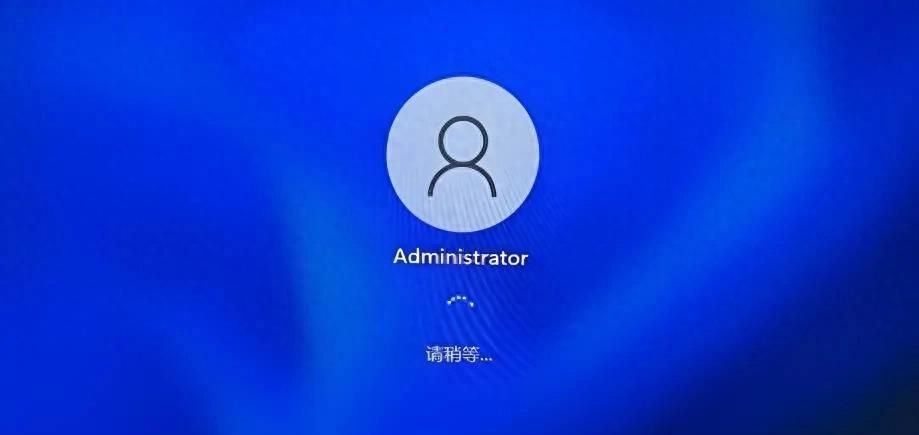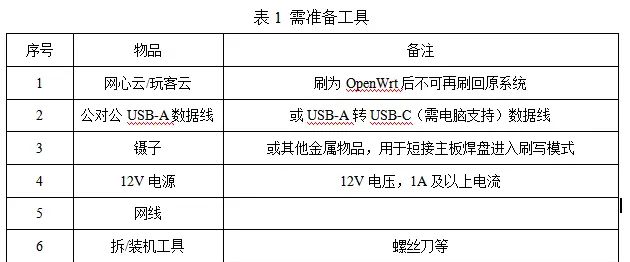1.小米ax9000 路由降级 至 108 bin
2.安装vmware虚拟机













选择是

输入
vi /etc/config/network
先修改为 192.168.31.10 与操作电脑同一个网段

wq 保存后
输入
reboot
重启openwrt
同网段电脑可访问 192.168.31.10
使用putty等 ssh工具 先上传如下 脚本:
module(“luci.controller.admin.xqsystem”, package.seeall)
function index()
local page = node(“api”)
page.target = firstchild()
page.title = (“”)
page.order = 100
page.index = true
page = node(“api”,”xqsystem”)
page.target = firstchild()
page.title = (“”)
page.order = 100
page.index = true
entry({“api”, “xqsystem”, “token”}, call(“getToken”), (“”), 103, 0x08)
end
local LuciHttp = require(“luci.http”)
function getToken()
local result = {}
result[“code”] = 0
result[“token”] = “; nvram set ssh_en=1; nvram commit; echo -e admin
admin | passwd root; sed -i s/channel=.*/channel=”debug”/g /etc/init.d/dropbear; /etc/init.d/dropbear start;”
LuciHttp.write_json(result)
end
保存为 xqsystem.lua
上传至openwrt 以下目录
/usr/lib/lua/luci/controller/admin/
用户名:root
密码:koolshare
接下来 本地机器 浏览器登陆
192.168.31.10
进入openwrt 后台页面

修改如下
169.254.31.1

保存并应用
接下来使用win10自带热点
热点名称修改为(必定要一样)
OpenWrt
密码:
12345678
在更改适配器中

将ip4 勾选 去掉 (关闭dhcp)
vmware虚拟机配置 编辑->虚拟网络编辑器

这里选择将 VMnet0 的配置 改成 热点适配器的名称(我这里写文章时 没有插无线网卡 所以图中没有)
确定
虚拟机中重新启动openwrt
准备工作已经完成。
进入小米后台

链接stok 的字符串 复制出来 替换链接中的粗体
http://192.168.31.1/cgi-bin/luci/;stok=你的stok/api/xqsystem/extendwifi_connect_inited_router?ssid=OpenWrt&password=12345678&encryption=WPA2PSKenctype=CCMP&channel=11&band=2g&admin_username=root&admin_password=admin&admin_nonce=xxx
出现一串….code:0
的json字符串 则代表ssh成功
密码是admin
成功。
以下是神秘代码
使用HFS本地安装
export url= http://192.168.31.138/ShellClash-master/ && wget -q -O /tmp/install.sh $url/install.sh && sh /tmp/install.sh && source /etc/profile &> /dev/null
成功后输入clash
http://192.168.31.138/list/1648823621130.yml




















暂无评论内容